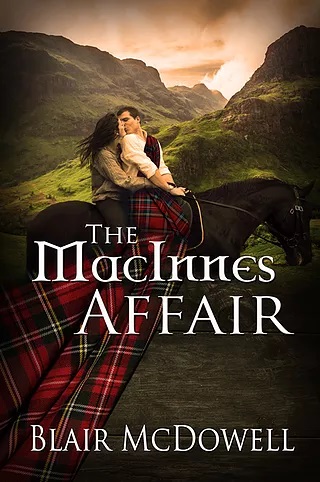 The MacInnes Affair by Blair McDowell
The MacInnes Affair by Blair McDowell Format: eARC
Source: author
Formats available: paperback, ebook
Genres: historical fiction, Romance, timeslip fiction
Pages: 318
Published by The Wild Rose Press on September 30, 2019
Purchasing Info: Author's Website, Publisher's Website, Amazon, Barnes & Noble, Bookshop.org
Goodreads
On holiday in Scotland, Lara MacInnes discovers the journals of a woman who loved Lara's own very-great grandfather, Lachlan MacInnes, in the mid-eighteen hundreds. With the help of Iain Glendenning, a handsome Highlander, Lara traces the path of this long-ago romance. Their research unearths mystery and murder. Uncovering the truth, a hundred and fifty years later, is a torturous and frustrating trail. Along the way, Lara and Iain in fall in love. Can they put an end forever to the feud between the MacInnes and Glendenning Clans that has persisted since the Battle of Culloden?
My Review:
The MacInnes Affair is the finest kind of time-slip romance, one where the dive into the past illuminates but does not overshadow the story in the present – and the other way around. It is a marvelous story every step of the way.
Lara MacInnes arrives at Athdara Castle during her summer break from teaching school in Calgary, Alberta, Canada. She’s come to the Scottish Highlands to visit her mother’s best friend, to research her own family history – and to put some time and distance between herself and her breakup with her overbearing ex-fiance.
She is first rescued by, and then falls in love with, Iain Glendenning, the son and heir of the Laird of Athdara – and also the son of her mother’s best friend. And who is also just about to break his engagement with his very own overbearing about-to-be-ex fiance.
That should be enough for the two of them to have in common, but that barely scratches the surface. And it’s what’s under that surface that makes this book so special.
The MacInnes and the Glendennings represent two sides of a bitter mid-18th century feud. At Culloden they fought on opposite sides, with the MacInnes part of the Jacobite cause, and the Glendennings on the side of “German Geordie”, the eventual King George I.
(If the name Culloden sounds familiar, you might be remembering Jamie Fraser from Outlander. The MacInnes Affair is nothing like Outlander, but Culloden and its aftermath cast a long and bloody shadow over the history of Scotland. It’s one of those fixed-points in time that ANY work of historical fiction dealing with 18th and 19th century Scotland has to touch upon.)
But Lara and Iain do not represent the first time that a MacInnes and a Glendenning have fallen in love across that bloody divide. The family history that Lara has come to investigate revolves around that first time, even though they are not aware of it when they begin their research.
Once upon a time, Lachlan MacInnes rescued Elspeth Glendenning, even more spectacularly than the 21st century event. That same Lachlan MacInnes emigrated to Canada to become Lara’s great-great-(and possibly a couple more greats)-grandfather. Very little seems to be known about him.
But Lara and Iain find Elspeth’s diaries. In her private writings she laid her own soul bare. And gives her 21st century descendants – and us – a heartbreaking story of love and duty, loss and redemption.
Escape Rating A-: There’s a lovely sense of history coming full circle in this story. Lara leaves home for Scotland to discover the truth about her ancestor, Lachlan MacInnes. And she returns home to discover that the truth was right there waiting for her all along.
But the journey along the way is what makes this one so good.
It’s interesting, looking back at the story, to think, on the one hand, that Lara and Iain’s story runs fairly smoothly. There are a couple of bumps in their road, but nothing that can’t be, and isn’t, overcome.
But when they get caught up in the search for Lachlan’s, and eventually Elspeth’s story, we do too. We read the diaries with them and feel both the heartbreak of Elspeth’s story as well as Lara and Iain’s compulsion to discover those hidden truths.
And even though Elspeth’s story is a “bigger” story, it’s tragic and heartbreaking at so many points, somehow it doesn’t overshadow Lara and Iain’s. That’s one of the things that this author does so very well, tell a story in two time frames and make them both equally compelling.
There are people who will see the synopsis for The MacInnes Affair with its time-slip storyline and its Scottish Highland setting and make an instant comparison to Outlander. That comparison is a mistake. Please don’t mistake me, I love the Outlander books and have read them all. But it’s a massive series that goes much more deeply into the 18th century and dives much farther into its history than a single-volume work could or should.
The MacInnes Affair is the story of one single pair of star-crossed lovers and their one small corner of history. And it’s lovely exactly as it is.
The way that their history wraps around and both influences the now and is in turn resolved in that now – well, that’s magic.

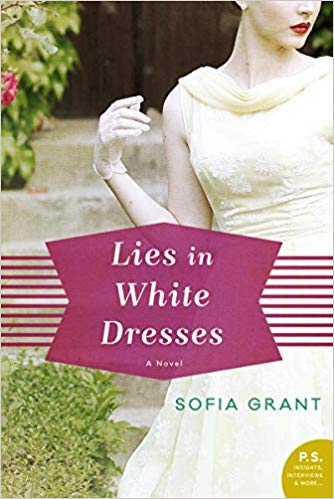 Lies in White Dresses by
Lies in White Dresses by 
 The Glass Ocean by
The Glass Ocean by 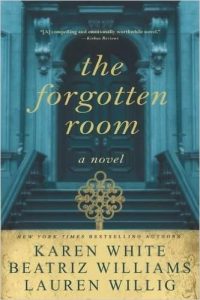 As with the previous book by the Team W,
As with the previous book by the Team W, 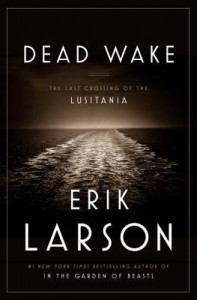 If you are interested in reading more about the Lusitania, I highly recommend – as does Team W in the afterword of The Glass Ocean,
If you are interested in reading more about the Lusitania, I highly recommend – as does Team W in the afterword of The Glass Ocean, 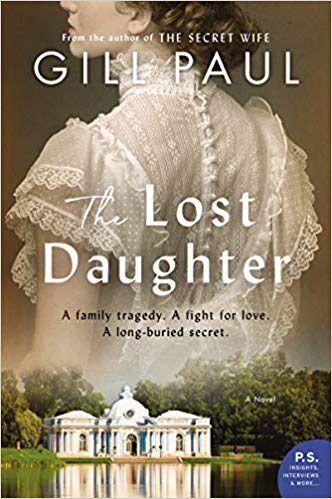 The Lost Daughter by
The Lost Daughter by 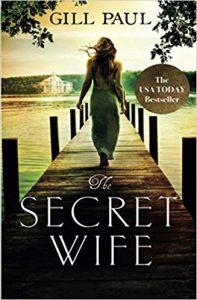 Instead, one misdirects the other guards, and one spirits her away, to a life of, if absolutely not luxury, then a life of, well, life, with all of its joys and sorrows, hidden in plain sight in the Soviet Union. While she mourns her family and always wonders if her sister Tatiana escaped (that story is in
Instead, one misdirects the other guards, and one spirits her away, to a life of, if absolutely not luxury, then a life of, well, life, with all of its joys and sorrows, hidden in plain sight in the Soviet Union. While she mourns her family and always wonders if her sister Tatiana escaped (that story is in 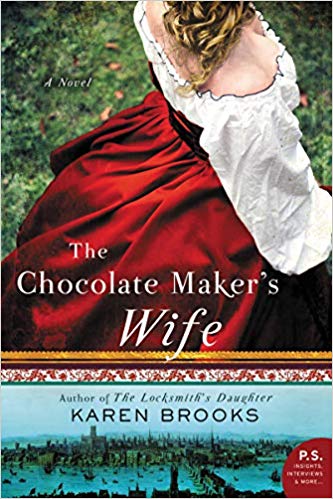 The Chocolate Maker's Wife by
The Chocolate Maker's Wife by 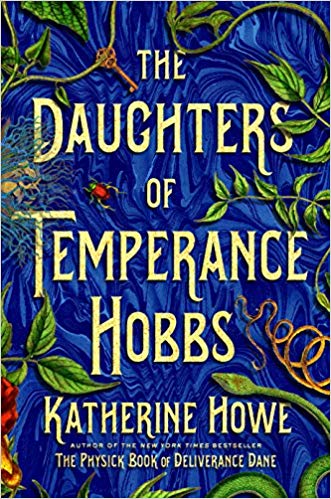 The Daughters of Temperance Hobbs by
The Daughters of Temperance Hobbs by 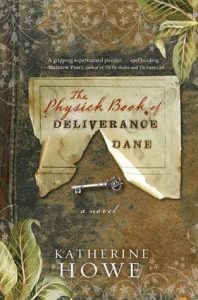 Escape Rating A-: I did read
Escape Rating A-: I did read 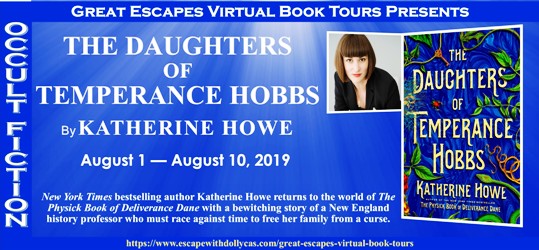

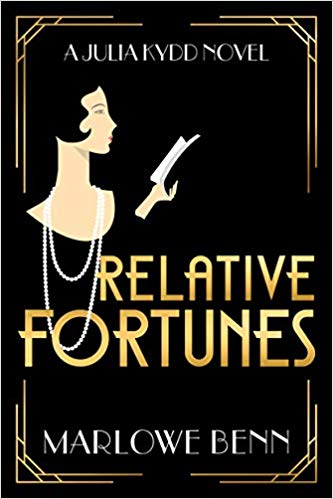 Relative Fortunes by
Relative Fortunes by 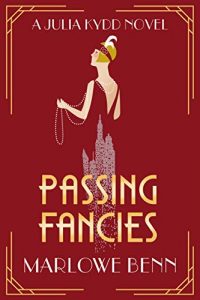 Particularly as there was so much setup and exposition that the identity of the murderer and at least some of their motives (although not all) became obviously fairly early on.
Particularly as there was so much setup and exposition that the identity of the murderer and at least some of their motives (although not all) became obviously fairly early on. Lady in the Lake by
Lady in the Lake by 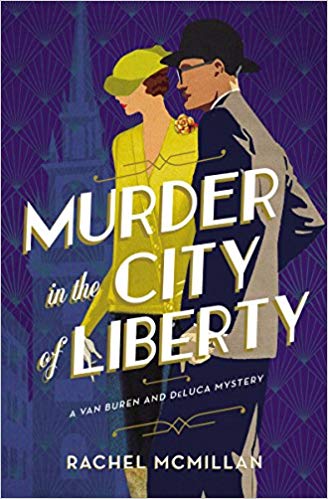 Murder in the City of Liberty (A Van Buren and DeLuca Mystery #2) by
Murder in the City of Liberty (A Van Buren and DeLuca Mystery #2) by 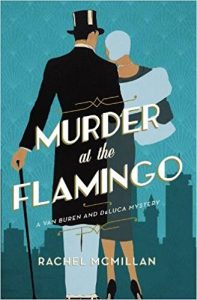 Although, just as in
Although, just as in 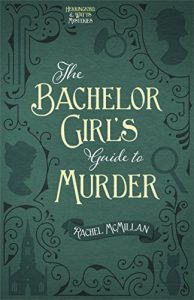 Speaking of that end, at the end of Murder in the City of Liberty Hamish is brought face to face with his parents’ past – a past that has been hidden from him all of his life. However, that past is not hidden from the reader – or at least not the readers of the author’s
Speaking of that end, at the end of Murder in the City of Liberty Hamish is brought face to face with his parents’ past – a past that has been hidden from him all of his life. However, that past is not hidden from the reader – or at least not the readers of the author’s 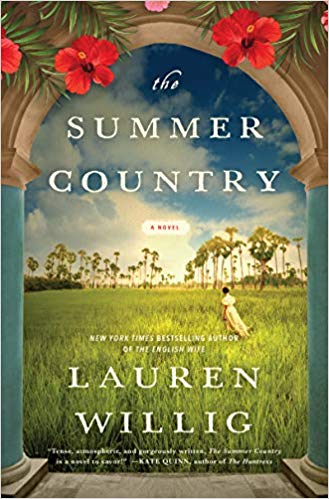 The Summer Country by
The Summer Country by